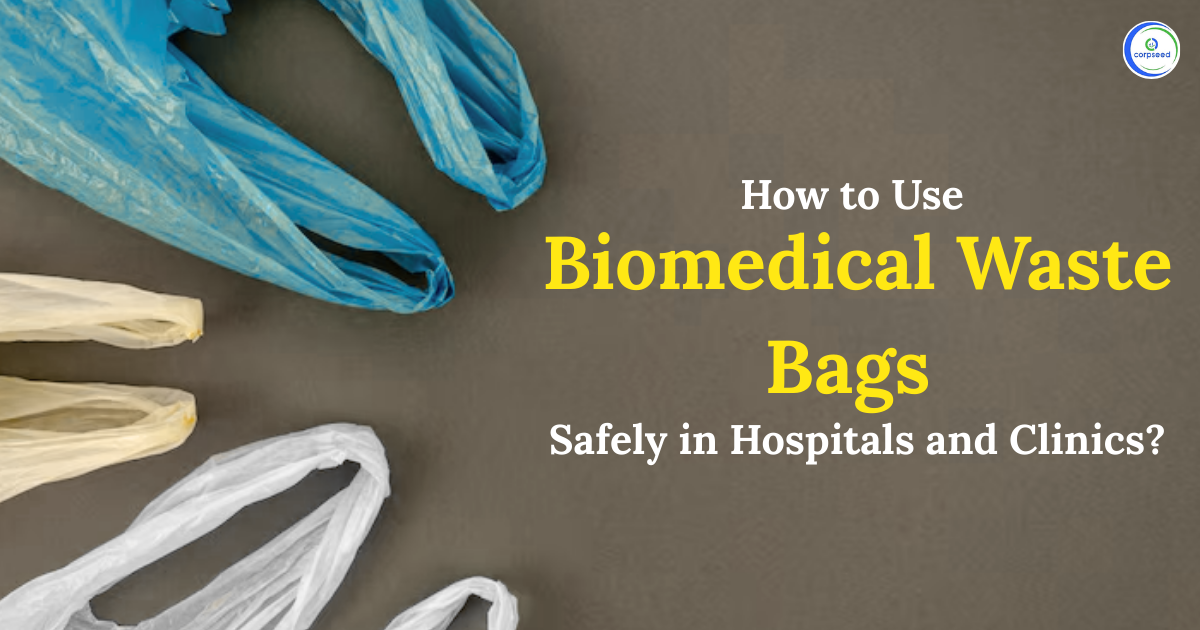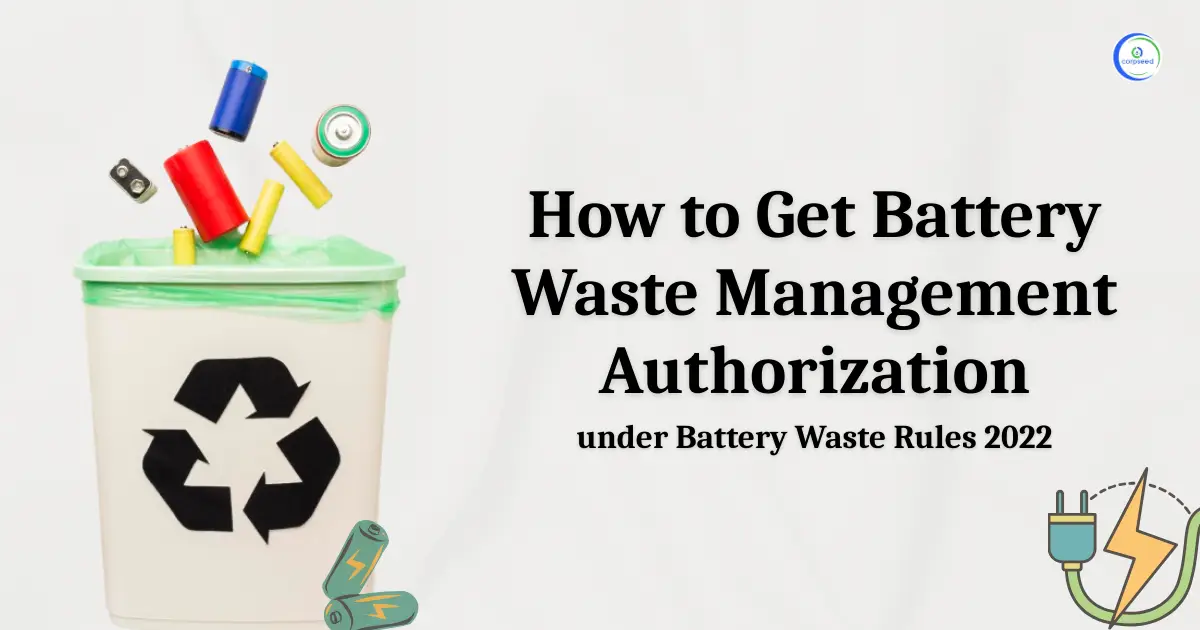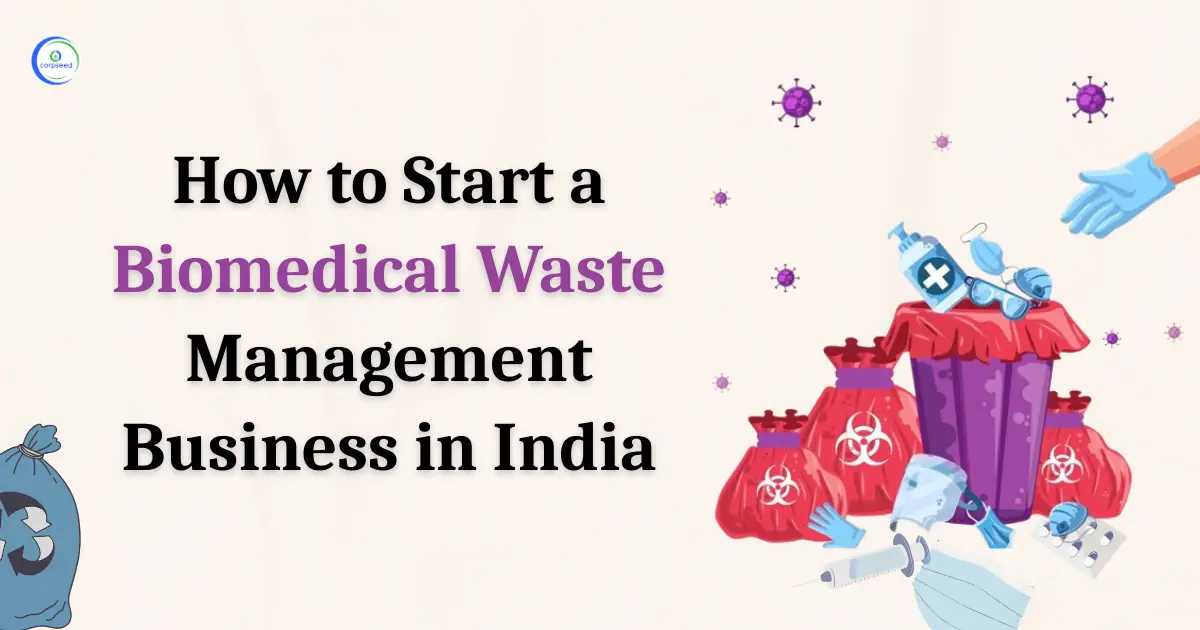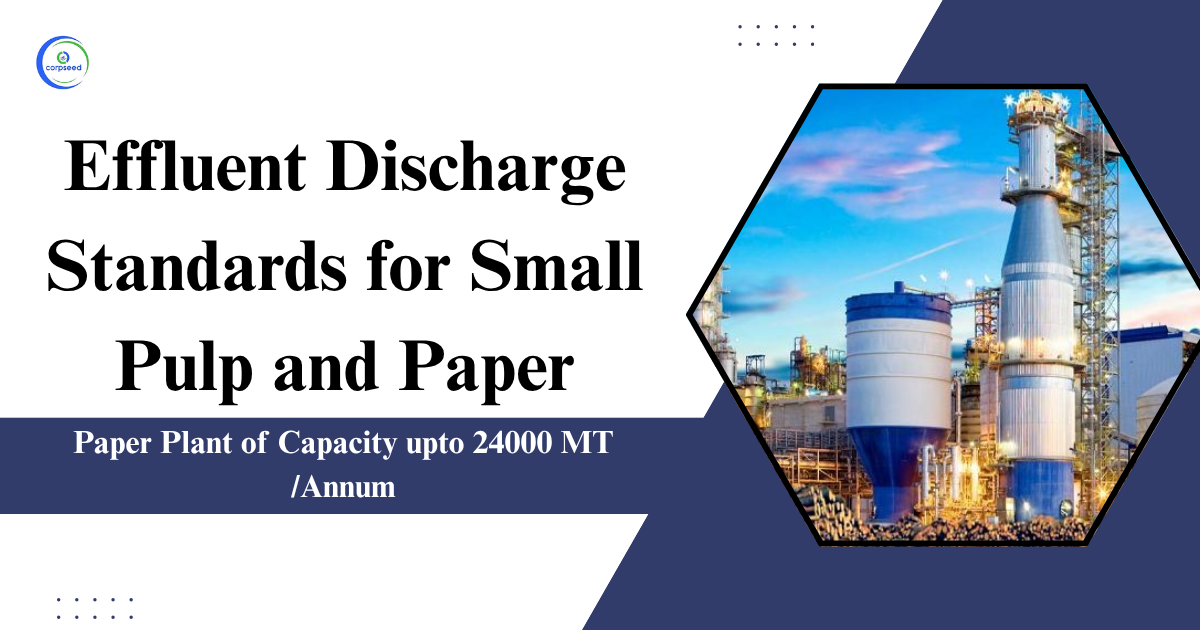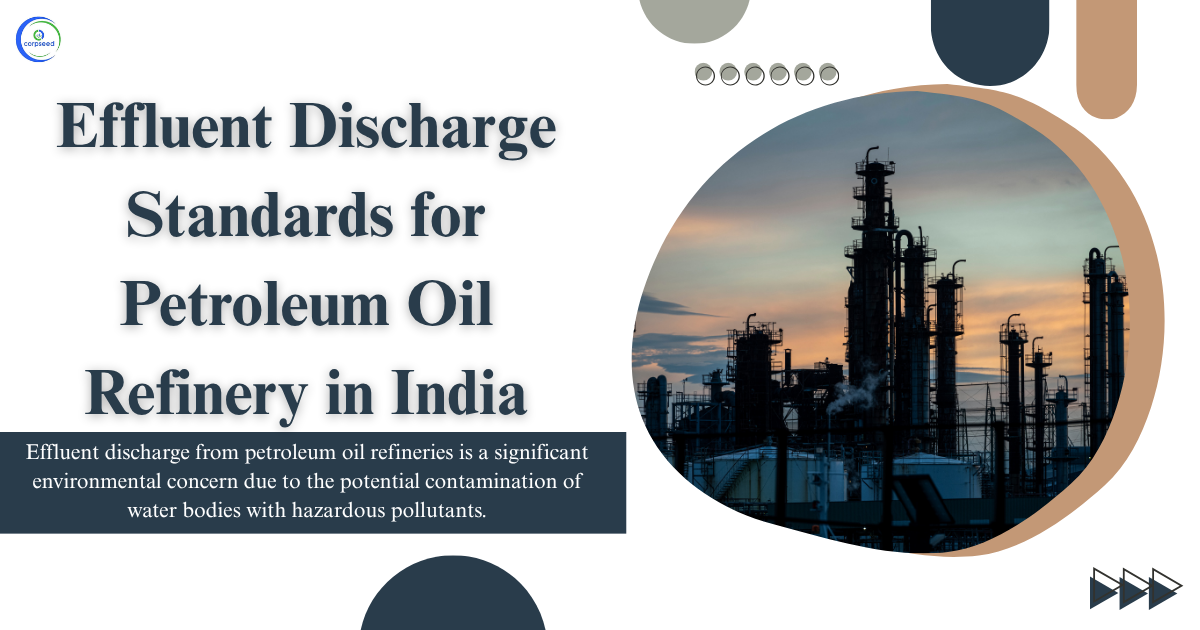Introduction: Plastic Waste Management
Plastic has multiple uses and the physical and chemical properties cause commercial success. However, the indiscriminate disposal of plastic has become a serious threat to the environment. In particular, the plastic carry bags are the most important contributors of littered waste and every year, millions of plastic bags end up in to the environment by soil, water bodies, water courses, etc and it takes a mean of one thousand years to decompose completely. Therefore, to deal with the difficulty of scientific plastic waste management, the Plastic Waste (Management and Handling) Rules, 2011 were notified in 2011, which included plastic waste management. The government has listed the modified Plastic Waste Management Rules in 2016, in encouragement of the previous Plastic Waste Management Rules, 2011.
Plastic Waste Management Rules:
The Plastic Waste Management Rules, 2016 aim to:
- Increase minimum thickness of plastic carry bags from 40 to 50 microns and stipulate minimum thickness of 50 micron for plastic sheets also to facilitate collection and recycle of plastic waste
- Expand the jurisdiction of applicability from the municipal area to rural areas, because plastic has reached rural areas also
- To bring in the responsibilities of producers and generators, both in plastic waste management system and to introduce collect back system of plastic waste by the producers/brand owners, as per extended producers responsibility
- To introduce collection of plastic waste management fee through pre-registration of the producers, importers of plastic carry bags/multilayered packaging and vendors selling the same for establishing the waste management system
- To promote use of plastic waste for road construction as per Indian Road Congress guidelines or energy recovery, or waste to oil etc. for gainful utilization of waste and also address the waste disposal issue, to entrust more responsibility on waste generators, namely payment of user charge as prescribed by agency, collection and d of waste by the institutional generator, event organizers.
- An eco-friendly product, which is a complete substitute of the plastic in all uses, has not been found till date. In the absence of an appropriate alternative, it’s impractical and undesirable to impose a blanket ban on the utilization of plastic all over the country. The real challenge is to enhance plastic waste management systems.
What's new in Plastic Waste Management Rules, 2016?
- Rural areas have been brought in ambit of these Rules since plastic has reached to rural areas also. Responsibility for implementation of the principles is given to Gram Panchayat.
- First time, responsibility of waste generators is being introduced. Individual and bulk generators such as offices, commercial establishments, industries are to segregate the plastic waste at source, handover segregated waste, pay user fee as per bye-laws of the local bodies.
- Plastic products are left littered after the public events (marriage functions, religious gatherings, public meetings etc) held in open spaces. First time, persons organizing such events are made liable for management of waste generated from these events.
- Uses of plastic sheet for packaging, wrapping the commodity except those plastic sheets’ thickness, which will impair the functionality of the product, are brought under the ambit of these rules. A large number of goods are being packed/wrapped in to plastic sheets and thereafter such sheets are left for littered. Provisions have been introduced to make sure their collection and channelization to authorized recycling facilities.
- Extended Producer Responsibility: Earlier, EPR was left to the discretion of the local bodies. First time, the producers (i.e. peoples engaged in manufacture, or import of carry bags, multi-layered packaging and sheets or like and therefore the peoples using these for packaging or wrapping their products) and brand owners have are made liable for collecting waste generated from their products. They have to approach local agencies for formulation of plan/system for the plastic waste management within the prescribed time.
- State Pollution Control Board (SPCBs) will not grant/renew registration of plastic bags, or multi-layered packaging unless the producer proposes the action plan endorsed by the concerned State Development Department.
- Producers to keep a record of their vendors to whom they have supplied raw materials for manufacturing carry bags, plastic sheets, and multi-layered packaging. This is to curb manufacturing of these products in unorganized sector.
- The entry points of plastic bags/plastic sheets/multi-layered packaging in to commodity supply chain are primarily the retailers and street vendors. They have been assigned the responsibility of to not provide the commodities in plastic bags/plastic sheets/multi-layered packaging which don’t conform to those rules. Otherwise, they will have to pay the fine.
- Plastic carry bag will be available only with shopkeepers/street vendors pre-registered with local bodies on payment of certain registration fee. The amount collected as a registration fee by local agencies is to be used for waste management.
- Central Pollution Control Board (CPCB) has been mandated to formulate the guidelines for thermoset plastic (plastic difficult to recycle).
- Manufacturing and use of non-recyclable multi-layered plastic to be phased in two years.
Plastic Waste Generation in India
According to the reports for year 2017-18, Central Pollution Control Board (CPCB) has estimated that India generates approximately 9.4 Million tonnes per annum plastic waste, (which amounts to 26,000 tonnes of waste per day), and out of this approximately 5.6 Million tonnes per year plastic waste is recycled (i.e. 15,600 tonnes of waste per day) and 3.8 Million tonnes per annum plastic waste is left uncollected or littered (9,400 tonnes of waste per day).
Out of the 60% of recycled plastic:
- 70% is recycled at registered facilities
- 20% is recycled by Unorganized Sector
- 10% of the plastic is recycled at home
While these stats are 38% higher than the global average of 20%, there are no comprehensive methods in place for plastic waste management. Additionally, there is a constant increase in plastics waste generation. One of the major reasons for this is that 50% of plastic is discarded as waste after single use. This also adds to increase in the carbon footprint since single use of plastic products increase the demand for virgin plastic products.
This portion of the site is for informational purposes only. The content is not legal advice. The statements and opinions are the expression of author, not corpseed, and have not been evaluated by corpseed for accuracy, completeness, or changes in the law.
BOOK A FREE CONSULTATION
Get help from an experienced legal adviser. Schedule your consultation at a time that works for you and it's absolutely FREE.


.webp)
